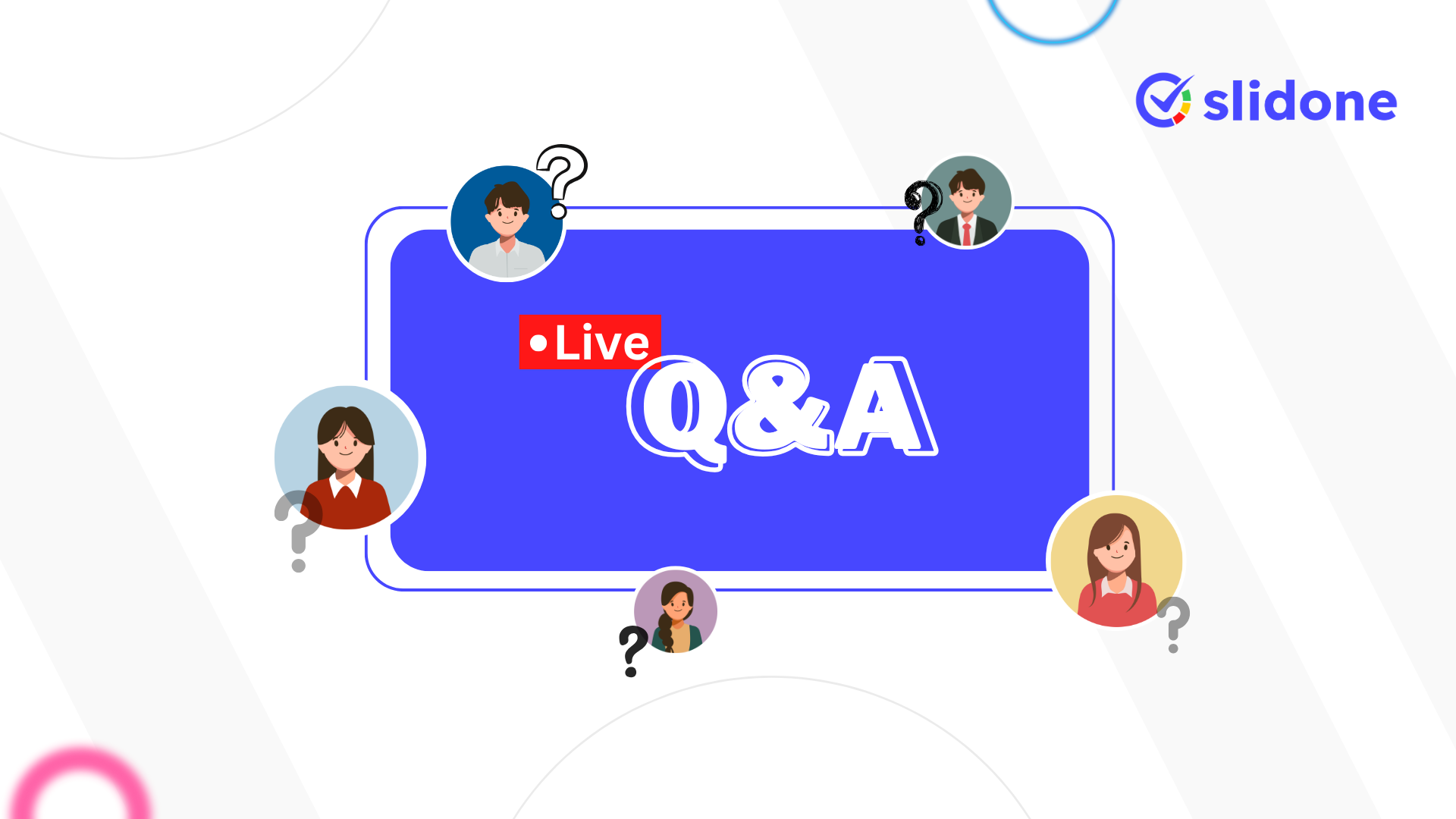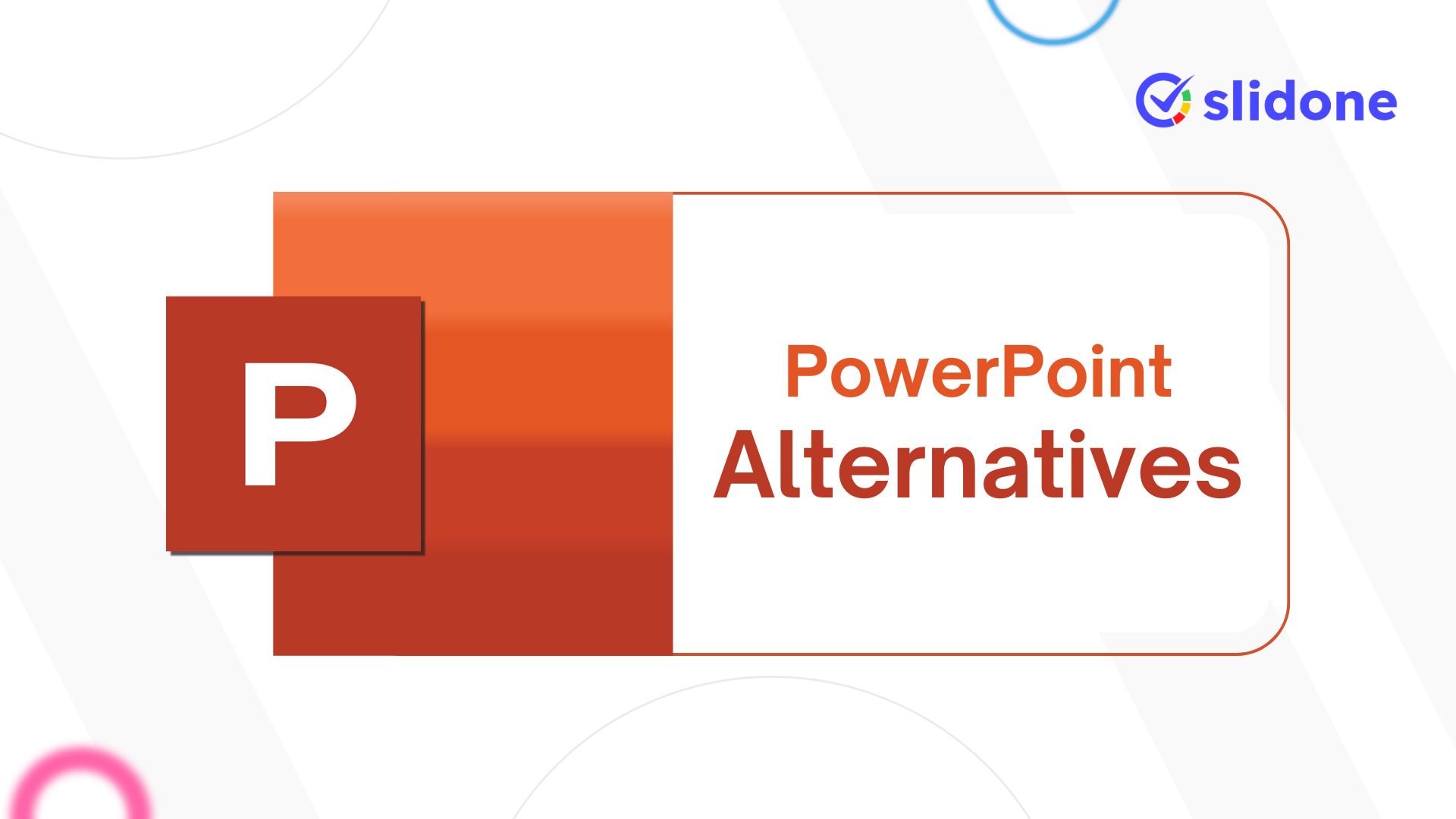In this era of mere bursts of communication, TTYL (Talk To You Later), and many more acronyms have become part of our everyday speech. Short acronyms are helpful for short messages and keeping a tally of conversation. And now, the same criterion of swift, arresting, and exciting interactions is undergoing a transformation in the way we learn in the class- room. While TTYL keeps students connected to informal discourse, interactive presentations are revolutionizing the learning experience by keeping them involved, engaged and connected with the subject matter.
Now, let’s discuss in this blog how the perception of TTYL represents the greater change in the pedagogical approach that interactive tools like Slidone trigger. We’re going to explore what’s common between fast-paced digital communication and a dynamic learning environment, how interactive presentation negates “the mental TTYL moment,” and how such a tech-driven approach can ensure greater engagement and learning overall.
TTYL: A Symbol of Modern Communication
Before delving into how this applies to interactive presentations, let’s talk a little more about what TTYL is. TTYL is an abbreviation for Talk To You Later, and it is a common term used with text messaging and other methods of electronic communication. The phrase offers a handy way to end conversation with mutual agreement that the subject will be revisited sometime in the future. That’s speedy, quick communication-reduced to brevity with a promise of future communication.
Similarly, today’s students and learners are a generation who have grown up with everything-digital-first. They are conditioned to short, bite-sized conversations, bites, really, that include texting and social media and chat rooms where speed and efficiency are the priority. So how does this digital culture translate into the classroom?
The Rise of TTYL: From Texting to Classroom Engagement
TTYL, an abbreviation for “Talk To You Later,” is now a very common shorthand saying goodbye over the internet. It is the end of one conversation but promises to have continued later. The technique of improvement in communication technology due to increased social networking, various messaging applications, and texting has made it normal especially for students.
This new trend in fast-paced, message-packed communication reminds one of a parallel shift within education. Classrooms traditionally operated on a lecture and listen model: teachers spoke; students listened; answers rendered after quizzes or assignments. The same unresponsive model often resulted in disengagement, wherein students mentally “tuned out” class work, akin to ending a conversation with “TTYL.”
However, students these days are very familiar with interactive activities in their lives online. They expect instant response, fast understanding, and interesting material when they text or in class. Interactive presentation tools such as that of Slidone address this with the inclusion of keeping the student active during the learning process.
How Interactive Presentations Help Prevent Mental “TTYL” Moments
Interactive presentations keep the student continuously engaged. This time, they do not just sit and watch and listen. Answering questions, reacting to polls, or working with groups are part of their active participation in the process. Interaction prevents those slack moments of mental drifting or where the student would usually say, “I’ll check back later,” which is essentially a mental “TTYL” moment.
Here’s how interactive presentations help keep students engaged and focused:
1. Active participation
Interactive presentations let the students become active participants in their learning process. By that, they can interact with the content via live quizzes, polls, word clouds, and many more, rather than just being a passive listener to the teacher. An example could be where the teacher asks a quiz question half-way through the lesson just to see how the students are understanding it, thus keeping them awake and involved.
These living factors make a learning experience more vivacious and help avoid the most common condition-students staring into space. Quizzes or polls prompt them to think for themselves and respond instantly like they do in their everyday online conversations when instant responses are anticipated.
2. Instant Feedback and Real-Time Learning
In a classroom setting, the student hardly gets an opportunity to get fed back until perhaps at the end of a lesson or even at the end of a unit. By that time, he may have leaped into something else, and the chances of immediate correction or improvement are gone. Interactive presentation tools give immediate feedback that allows the student to see his progress while still going.
For example, if a student gets one quiz problem wrong, they’ll learn why it was wrong right away and how to do the problem another way. This kind of instant feedback loop is akin to what they are used to when texting or using TTYL, and they want to have a rapid response and correction.
3. Student-Centered Learning
It is hard in a big class to ensure the learning pace of each student is kept at the level that suits him/her best or that one uses a particular learning style, but with interactive presentations, there’s a better chance for a more personalized learning experience. Thus, features in such presentations, such as adaptive quizzes in which the questions change after every response depending on how students performed may help have all students at their responsive level.
This just as TTYL leaves the conversation open for further communication, interactive tools in the classroom ensure that this is possible by allowing students to engage at their pace, get personalized feedback, and content tailored to their learning needs. These students may have otherwise been drifting away from class, feeling left behind amidst traditional teaching approaches.
Keeping the Conversation Open: The Power of Real-Time Interaction
Probably the greatest advantage of an interactive presentation is that it keeps the “conversation” between teacher and student open. Much like how TTYL promises to pick up a chat later, interactive tools make sure that students do not disconnect from the learning experience.
Here are a few ways real-time interaction keeps students engaged:
Live Word Clouds: Use open-ended questions, and in the response write the actual words of students’ answers in a live word cloud. Immediately, students see themselves on the screen since they have written this down. That makes learning more interactive and collaborative.
Instant Polls and Surveys: The class opinion or checking of understanding of a topic can be done by live polls. As the results come through live right away, these open up discussion and keep the students very actively engaged.
Interactive Quizzes: Applying interactive quizzes in presentations helps the teachers keep the learners focused on the lesson. Students get instant results and explanations for both wrong and right answers, that recaps what is being taught.
Bridging the Gap Between Communication and Learning
The modern classroom needs to reflect the fast-paced, interactive communication that students are accustomed to outside the classroom. Where TTYL opens up future conversations, interactive presentation tools ensure students stay present in the learning experience rather than checking out, saying, “Talk To You Later.”
The key to avoiding all those mental “TTYL” moments in class is the continuous engagement of students. With interactive quizzes, live polls, and real-time feedback, teachers can foster an environment in which students are really learning rather than simply listening and waiting for class to end.
Why Interactive Tools Are Essential for Modern Classrooms
Interactive presentations are not only keeping the students engaged but much to the teachers as well since such a presentation of knowledge shows if those concepts have been learned properly or not, and this is likely to happen with real-time feedback and instant collection of data through which the teacher can learn on time where he or she needs to modify his or her next lesson. For example, if the teacher finds out that most of the students got one question wrong in the quiz, that concept can be revisited instantly to clear any misunderstanding that could have arisen at that moment.
This is one kind of feedback loop, where responses occur quickly and rapidly like the back-and-forth activity we find in digital communication, where you could have immediate responses and then make adjustments right away.
Linking Interactive Learning to TTYL: A Contemporary Learning Framework
Interactive presentation tools not only help students avoid mental TTYL moments but also embrace how students really communicate in a modern world. Students might use TTYL to keep the online conversation open, but that is how interactive presentations keep the educational conversation ongoing. The connection between the digital habits of students and how modern educational tools are aligned keeps today’s learner engaged.
Mindset TTYL-fast, efficient, and open to later conversations-can be translated into the classroom through interacting tools to keep learning ongoing and dynamic.
Conclusion: From “TTYL” to Continuous Learning
Where communication is fast and swift, TTYL comes out as the perfect metaphor about how an interactive presentation would keep students in class. Real-time interaction, immediate feedback, and gamified learning opportunities ensure that the student stays connected with the education process.
Just like TTYL in texting means come back to me later, interactive presentations ensure that there is no time to leave the learning experience behind. Students are active and present instead of being in thought for some later moment. Interactive presentations maintain focus on learning which makes classrooms dynamic and responsive places where students and teachers can find some comfort in each other’s company.





Leave a Comment
Your email address will not be published. Required fields are marked *